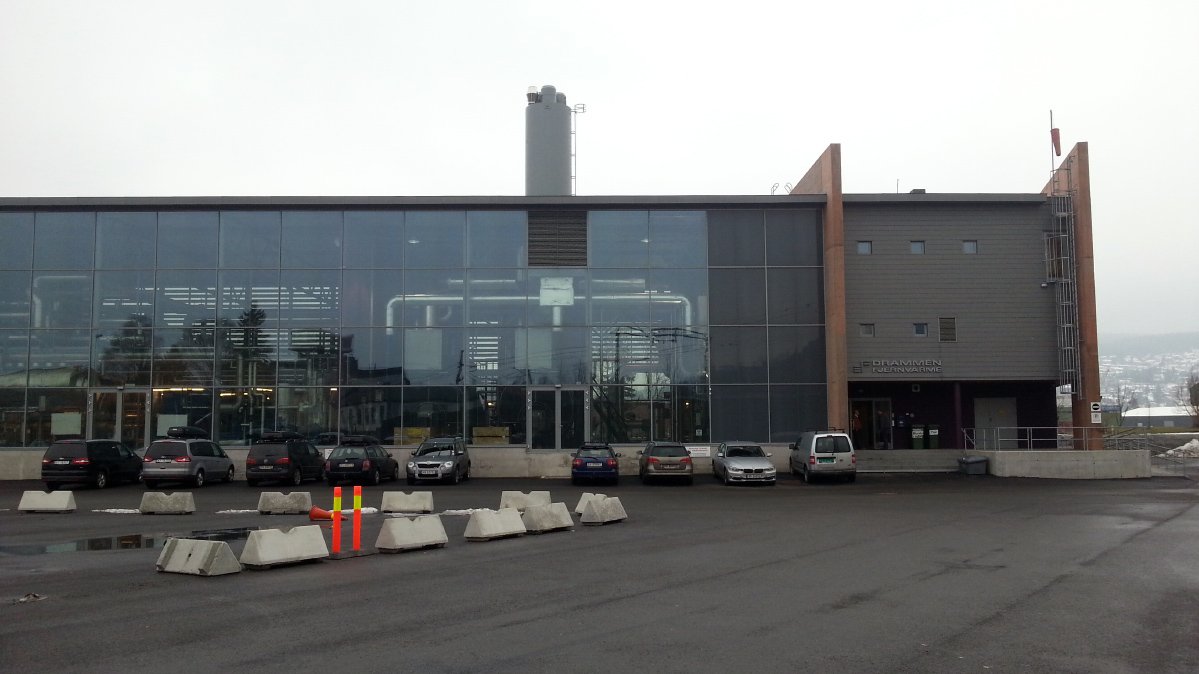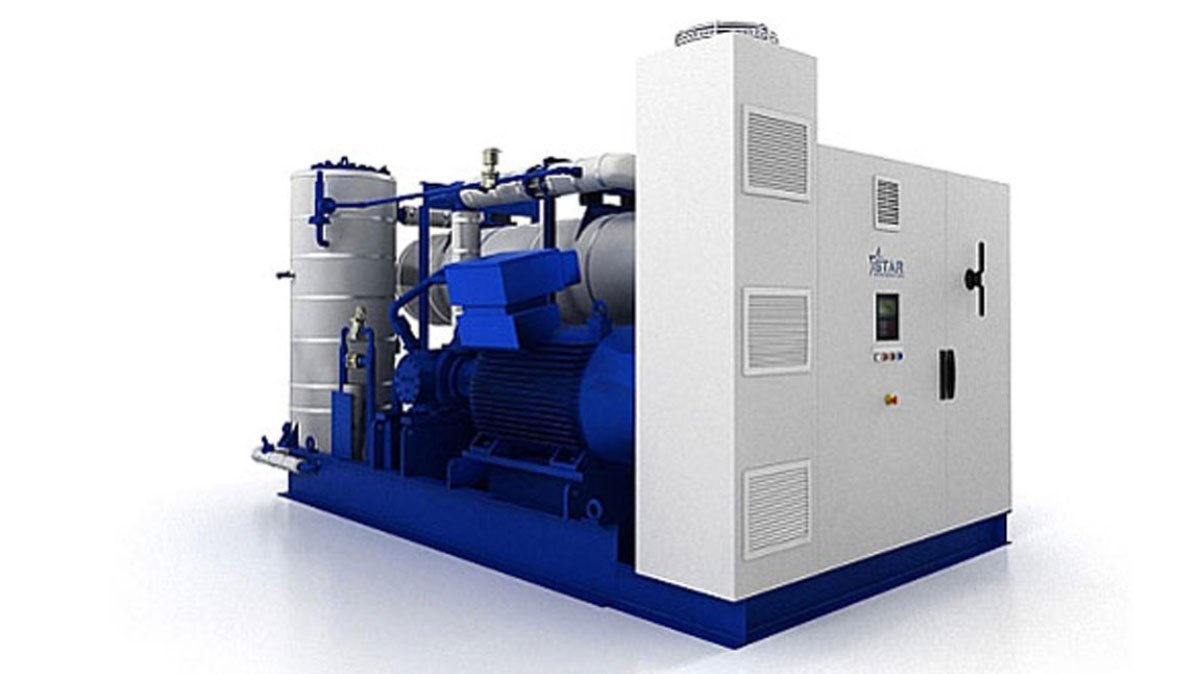Author
Dave Pearson
Director of Innovation SRE
Sectors
District Heating
Industrial Heating
Dave Pearson
Director of Innovation SRE
District Heating
Industrial Heating
Ask most members of the public what utilities they use and most will say gas, electricity and water. Business users are probably in the same boat, and all these utilities will be metered. And this is the key thing; if there’s a meter and you pay for it it’s on your radar.
Increasingly, businesses are thinking more in terms of “the specific use” or “the outcome.” This is largely due to a desire to better understand costs, and the first step of this is to sub meter. So, good businesses will be living the maxim of “if you don’t measure it, you can’t manage it.”

Star’s Neatpump plantroom in Drammen
Measuring the final “outcome” from electricity and gas
By far, the most commonly used utility is electricity; everything from lighting to photocopiers to telephones to PCs. In all but a very few exceptions, businesses that have a requirement for cooling, especially process cooling, will spend most of their electricity on this. Over 50% of electrical spend for cooling wouldn’t be unusual. The electricity is used to run refrigeration equipment to capture the unwanted heat, move it to an outside location and chuck it away.
Less common by usage is gas. Aside from cooking and niche chemical processes, gas will be used mostly for heating and perhaps drying. In these cases, the gas is burned to make hot air, hot water or steam and either used at that location or the secondary media moved and used in that form or transformed again into hot air or hot water.
The curious and indeed difficult thing is how to measure the quantity of the “final outcome.” This is especially tricky if it is warm air and, to a lesser extent, steam. Measuring warm water is simple. Flow rate and temperature difference will give an instantaneous value in kW and this consumed over a period of 1 hour would be in kWh. An identical treatment can be made of cooling if it is a fluid.
So, as we desire to understand our utility bills – not only are they topical but they are increasingly costly, often equal in value to retained profit – then sub metering and defining our utility far closer to the point of consumption is viable and, more importantly, extremely valuable.
If we set a target of knowing how much of each “end utility” we use at each location, we can begin to claim to be measuring the system.
At the end of the day, does your business sell a product or does it sell the utility(s) you consumed to achieve that product? You can’t put 30% less meat into a pie and not notice the quality drop, but you could make the pie using 30% less utilities.
The excess consumption is, in effect, throwing away your profit margin. You get absolutely zero credit for using extra utilities, unlike gifting extra product where at least you’d get a feel good factor for the baker’s dozen.
Harvest your waste or your local heat source to increase your profits
The value comes not from knowing how many kWh (kilowatt hours) were used at each location on any specific day, or indeed at what temperature (i.e. was cooling used at -5°C or heating used at 60°C) but from then – armed with a 4 dimensional energy map – being able to draw up a plan to use less.
The simplest way to use less is… to use less. If a process is being heated too warm or at the wrong time of day, obliterate that small portion of the total bill. If one utility is being consumed to balance another (heating and cooling acting on the same space) then obliterate it.
Once energy use has been reduced demand-side, we can also use this intimate knowledge of just where the pounds, Euros or dollars are being sucked out the profit margin and into the process, to achieve a further virtuous result by another method.
Neatpumps use waste from cooling to deliver heating for industrial processes.
The Neatpump by Star Refrigeration is an ammonia heat pump that delivers significant savings using just a little bit of joined up energy thinking.

Star Neatpump
Why do we typically burn gas to make stuff warm, then burn electricity to cool it back down again by stripping it of heat, and then throw that heat away? What if we could capture that heat and re-use it?
Then, we would change the rules and re-take control. This is far wiser than thinking we simply need to switch suppliers.
Refrigeration systems are essentially “energy transporters” – but refrigeration does sound far “cooler.” They grab excess heat in one place and move it to another, usually warmer place, and chuck it away.
Heat pumps are not reverse fridges. They still move heat from the cool place and deliver it in the warm place. It’s just that we now have a profound interest in the warm place.
We can deliver that heat at higher temperatures (fridges usually dump heat around 30°C) and make it useful. 60°C is warm enough for heating buildings and creating hot water. 90°C heat is also viable and can be used in industrial processes.
Making steam might well be technically possible, but it always comes back to the commercial cost vs a simpler solution of burning something. Gas is about 1/3rd of the cost of electricity, so a heat pump that can deliver 3x as much heat as it consumes electricity is the same operating cost as burning gas.
The closer source and demand temperatures are the less work is required to move the heat from the low place to the high place, to the point where none is required at all because no temperature lift or work was done.
The four-dimensional energy map and how to use less energy
Find out where you use heat, what form you use it in, when during the day you use it and at what temperature. Then do the same for the cooling. Next, use this four-dimensional approach to see how you can reduce your consumption demand-side in each case. Finally, overlay the maps and work out where instead of burning stuff for heat you could use your own waste or harvest a local source. It doesn’t need to be “waste heat,” it just needs to be easy to get and plentiful – a river, for example.
This article has been certified for Continuing Professional Development (CPD) by The CPD Certification Service. To get your CPD Certificate please email your request to CPDCertificate@star-ref.co.uk